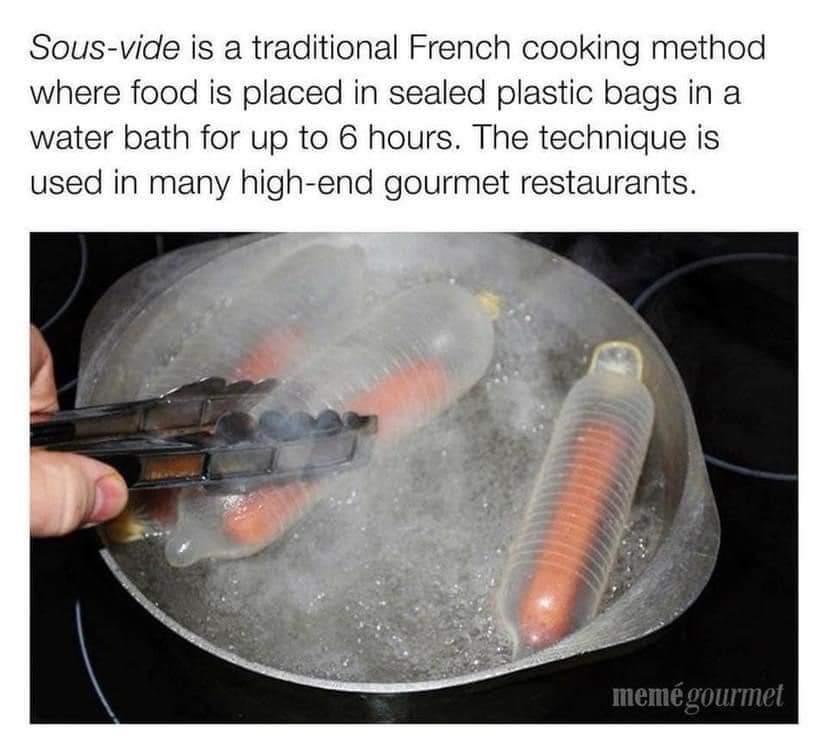this post was submitted on 15 Sep 2024
353 points (97.6% liked)
Food Crimes - Offenses against nutrition
2229 readers
1 users here now
Welcome to Food Crimes! This community is here to collect all and any post about cursed food and generally unusual consumables.
Right now, here’s the rules:
- Posts must include an image or video containing food or drink.
- It must be unusual or cursed in some way. a. For example, something like Doritos Milk would be unusual, but normal milk would not.
- No AI posts whatsoever, and any images that were altered (Ex: Photoshop, Gimp) need to be tagged.
How to tag:
To tag your posts, please prepend or append the tag name inside square brackets. For example,[OC] Foo bar baz or foo bar baz [Meta] would be acceptable. Multiple tags will require separate pairs of brackets, like so: [Edited][OC] foo bar baz
Here are the current tags:
- Edited - The image was manipulated with editing software.
- OC - You made this cursed food yourself!
- Meta - Relating to the community itself.
Finished checking out all the posts here? Also checkout [email protected]!
(BTW, I’m looking for someone to help mod here! I myself would not be enough if this community goes beyond a few posts a day.)
founded 2 years ago
MODERATORS
you are viewing a single comment's thread
view the rest of the comments
view the rest of the comments

how traditional is something that involves plastic???
It’s latex!
As explained by another its kinda shit anyways. But to answer the question, this sort of thing would have been done using leathery parts of animal intestines before plastic was a thing. Just like with sausages.
The benefit of sous vide for a restaurant is you can hold multiple steaks at rare and give them a quick sear when ordered. The soaking breaks down the collagen which ultimately makes the steak tender.
However, for a home cook a reverse sear will give a superior steak. It will similarly break down the collagen, but also creates a nice crust that sous vide can't create.
Restaurants don't reverse sear because it's unpredictable and takes too much time.
could also be done with ceramics (like beggar's chicken)
"Sous vide is high-tech haggis" is not the revelation I expected to have today.
It's not traditional. Also it's not similar to the pic. It was invented in the 1970s by a French Chef. The technique involves "vacuum sealed" ingredients, ensuring there is no air between the ingredient and water. Water is kept at a constant temperature, much lower than usual cooking temperature, and the ingredients are cooked for a very long time.
End result is an evenly cooked ingredient with full moisture content. But there won't be any browning (Maillard reaction), which is key in many recipes.
Don't forget the part where it's held at almost-ready temps for a long time. Having worked a restaurant - but thankfully FoH - I've seen the struggle when a dish is ruined and you're serving 7 plates while the kitchen is crunching to make the redo 8th.
Having something that can be seared and served is likely fantastic.
It makes very good food (mostly meat) and due to above observation many sous vide recipes call for a quick sear at the end of cook time.
Ideally it's done with specific bags designed to be used at high temperature, even if the temperatures aren't as high as oven temps.